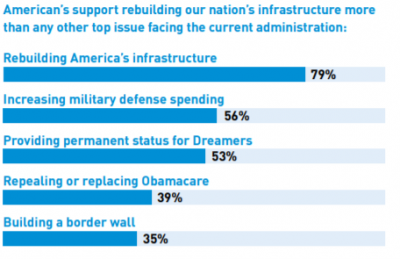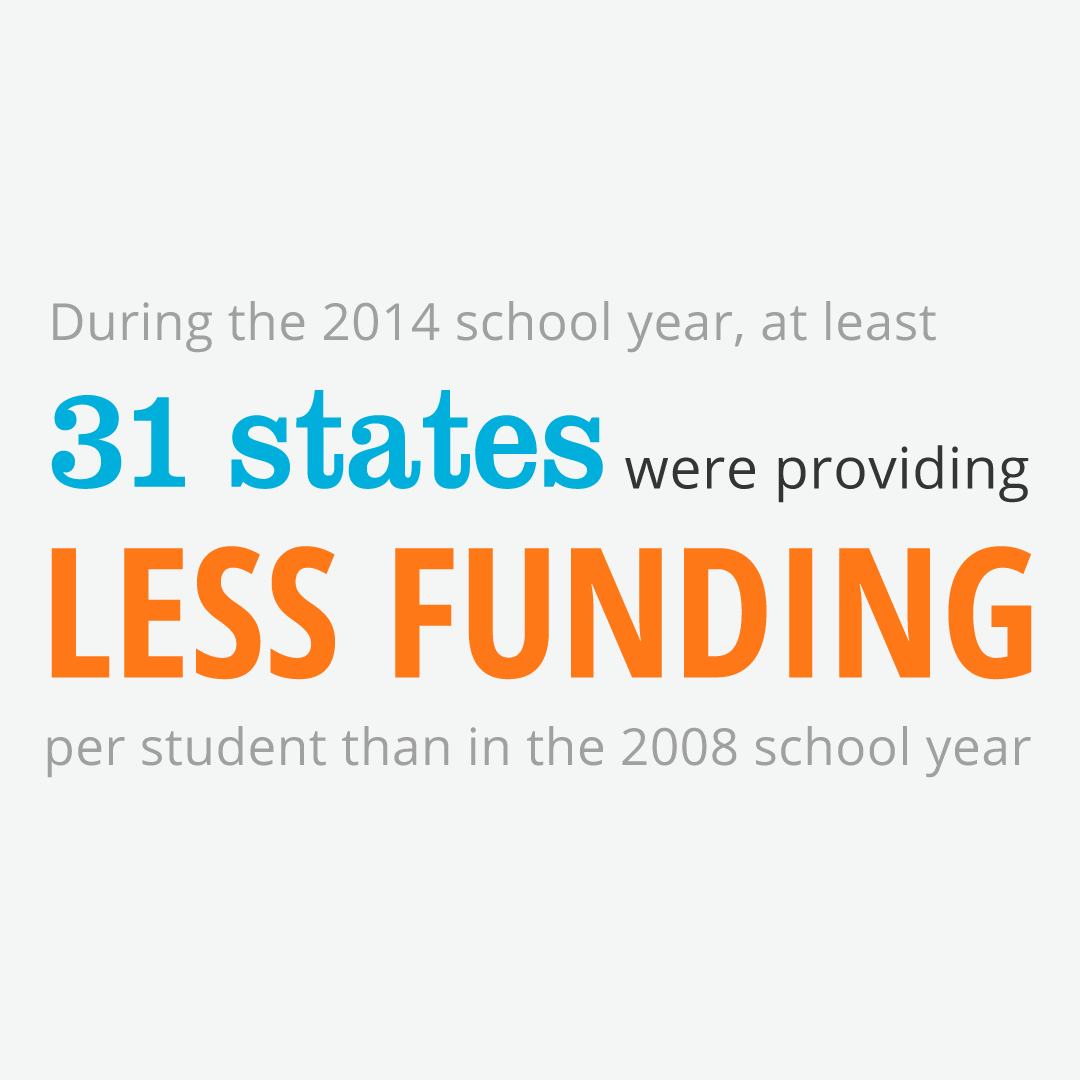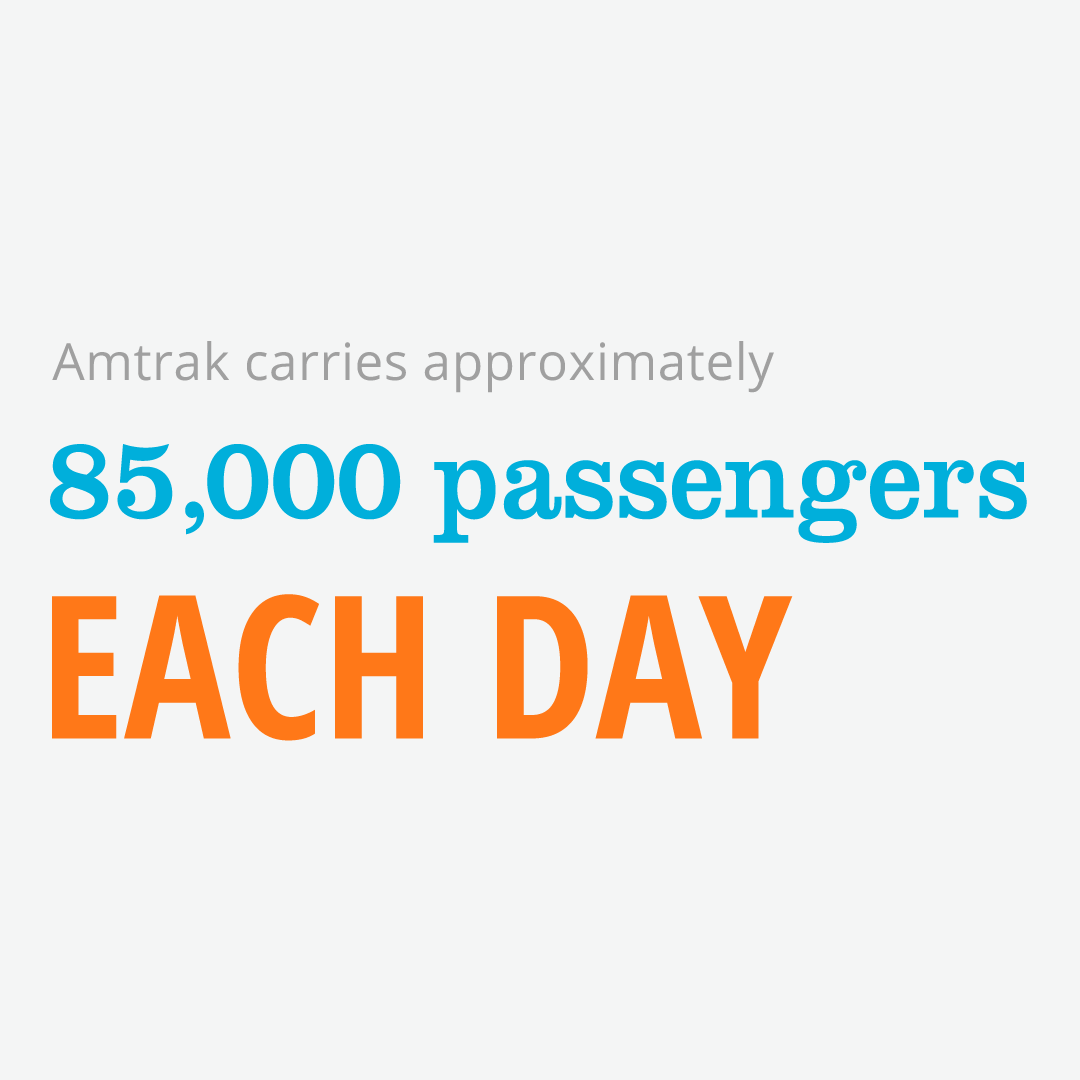For many Americans, the condition of water infrastructure as “good” has consistently declined since 2016, from 59% in 2016 to 49% in 2019: 59% stated water infrastructure was good in 2016 and in 2019, 49%, which is a sharp decrease. Additionally, 74% of American voters are extremely concerned about chemicals and pollutants in the tap. Cities such as Flint, Michigan were some of the first skeptics of wa ter infrastructure, causing other communities to evaluate and question the quality and condition of their own drinking water infrastructure. As the need for capital water infrastructure improvements continue to rise, local communities’ water infrastructure is at risk. Most voters are willing to pay for more improved water service but argue that the federal government should step up and address this issue.
ter infrastructure, causing other communities to evaluate and question the quality and condition of their own drinking water infrastructure. As the need for capital water infrastructure improvements continue to rise, local communities’ water infrastructure is at risk. Most voters are willing to pay for more improved water service but argue that the federal government should step up and address this issue.
The Value of Water Campaign, of which ASCE is a partner, released its Fourth Annual Value of Water Index poll on April 1st. This poll found that there is bipartisan support for water infrastructure investment: 85% of American voters support (with 52% strongly supporting) increasing federal water infrastructure investment. Echoing the bipartisanship emphasized in addressing our nation’s water infrastructure needs, this poll also discovered that more than three in four Democrats and Republicans agree that rebuilding America’s infrastructure should be a top priority for the President and Congress this year. This finding aligns with ASCE’s messaging that there are no Republican or Democrat waterways; water is a necessity and having clean water affects everyone. 1,000 registered voters were polled by a bipartisan research team on the state of our nation’s water infrastructure, priorities for action, and solutions.
The findings also demonstrate that Americans support rebuilding our nation’s infrastructure more than any other top issue facing the current administration, standing at 79%, followed by increasing military defense spending at 56%, providing permanent status for Dreamers at 53%, repealing or replacing Obamacare at 39%, and building a border wall at 35%. Additionally, 74% of Americans who live in urban and rural areas are concerned about the contaminants affecting their water quality.
The VOW poll release coincides with Water Week, where professionals in the water industry from across the country flew into Washington to advocate for drinking water and clean water utilities. Meanwhile, across the country, utilities are hosting open houses, events, and more to highlight the importance of clean drinking water and the importance of clean water utilities in communities.
ASCE’s 2017 Infrastructure Report Card gave the nation’s drinking water infrastructure a “D.” On average, there are 240,000 water main breaks per year in the U.S., wasting over two trillion gallons of treated drinking water, and leaking, aging pipes are estimated to waste six billion gallons of treated water per day. According to the American Water Works Association, an estimated $1 trillion is necessary to maintain and expand drinking water service to meet demands over the next 25 years. ASCE also graded America’s wastewater infrastructure a “D+.” It is expected that more than 56 million new users will be connected to centralized wastewater treatment systems over the next two decades, and an estimated $271 billion is needed to meet current and future demands.
As the nation’s drinking water and wastewater infrastructure continues to age, the cost to repair and replace our pipes and treatment systems will continue to increase. Although the general quality of the country’s drinking water is good, we can’t afford to lose treated freshwater due to aging infrastructure. Through 2025, our needs total $150 billion, and only about $45 billion is account for, leaving a $105 billion funding deficit. Outdated water infrastructure will cost the $896 billion in business sales and $508 billion in GDP by 2025.
As the legislative push continues on Capitol Hill, ASCE’s government relations team remains actively engaged. We urge you reach out to your Members of Congress and tell them to put forward a long-term plan to improve our water infrastructure systems.























































